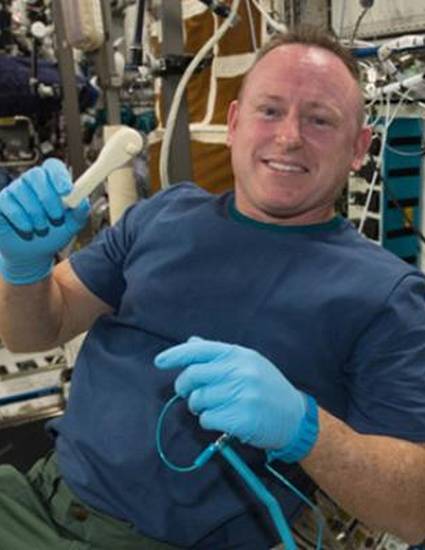
Contribution to Book
The Future of Printcrime: Intellectual Property, Innovation Law, and 3D Printing
3D Printing and Beyond: Intellectual Property and Regulation
(2019)
Abstract
In a 2006 short story, ‘Printcrime’, Cory Doctorow imagined a dystopian future of contraband 3D printers. In the work, police try to shut down a bootleg operation, which engaged in the 3D printing of intellectual property. In his 2009 novel Makers, Cory Doctorow explored the rise of the maker community, and its do-it-yourself ethic. In an interview about the novel, the author reflected:
"There has never been a better time to be a maker because finding the people who know how to fix the thing that's broken has never been easier. Finding someone else who has done 80% of what you want to do, and sharing the things you have done with other people, has never been easier. A maker is someone who is of and in the 21st century."
Rather prophetically, he discussed the prospect of intellectual property conflicts around 3D printing (particularly around copyright infringement and trademark infringement), and future controversies over 3D printing guns. In his 2015 short story, ‘The Man Who Sold the Moon’, Cory Doctorow imagined 3D printing in space. This body of creative work has been an important inspiration for the Maker Movement – but it has also shown a critical engagement with the law, ethics, and public policy associated with 3D printing and additive manufacturing.
Inspired by such science fiction, there have since been a number of optimistic, utopian manifestos published on the topic of 3D printing and the rise of the Maker Movement. There has been high hopes that the emerging, disruptive technology will be part of a new industrial revolution. The founder and executive chairman of the World Economic Forum, Klaus Schwab, situates 3D printing within the framework of a fourth industrial revolution. He predicted: ‘As current size, cost and speed constraints are progressively overcome, 3D printing will become more pervasive to include integrated electronic components such as circuit boards and even human cells and organs.’ Schwab anticipated that there would be a ‘new generation of self-altering products capable of responding to environmental changes such as heat and humidity.’ Moreover, he expected that ‘this technology could be used in clothing or footwear, as well as in health-related products such as implants designed to adapt to the human body.’ Schwab placed 3D printing alongside autonomous vehicles, advanced robotics, and new material as physical manifestations of larger technological megatrends.
In this context, this collection provides a sober, critical evaluation of the legal, ethical, and public policy issues in respect of intellectual property, innovation law, and 3D printing. Building upon Mark Lemley’s chapter, ‘IP in a World Without Scarcity,’ it considers the legal opportunities and challenges of the Maker Revolution. It provides both theoretical and empirical insights in respect of 3D printing, intellectual property, innovation, and regulation.
Keywords
- Intellectual Property,
- Innovation Law,
- Regulation,
- 3D Printing,
- Additive Manufacturing,
- Patent Law,
- Copyright Law,
- Designs Law,
- Trademark Law,
- Trade Secrets,
- Creative Commons
Disciplines
Publication Date
2019
Editor
Dinusha Mendis, Mark Lemley, and Matthew Rimmer
Publisher
Edward Elgar
Publisher Statement
Dr Rimmer's participation in the collection as an editor and a contributor was supported by the ARC Discovery Grant, "Inventing the Future: Intellectual Property and 3D Printing" ARC DP170100758.
Citation Information
Dinusha Mendis, Mark Lemley and Matthew Rimmer. "The Future of Printcrime: Intellectual Property, Innovation Law, and 3D Printing" Cheltenham and Northampton (MA)3D Printing and Beyond: Intellectual Property and Regulation (2019) p. 361 - 394 Available at: http://works.bepress.com/matthew_rimmer/317/
